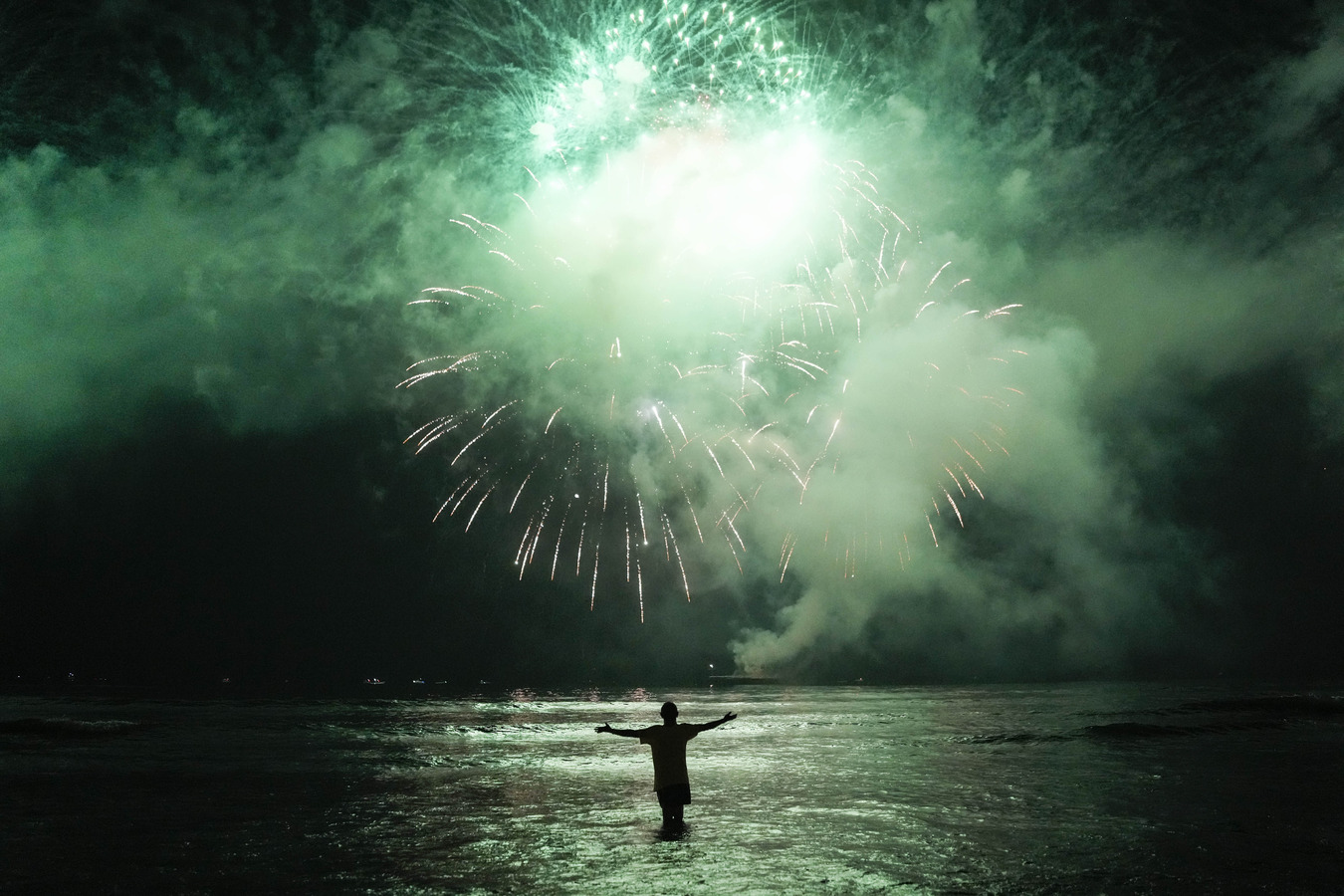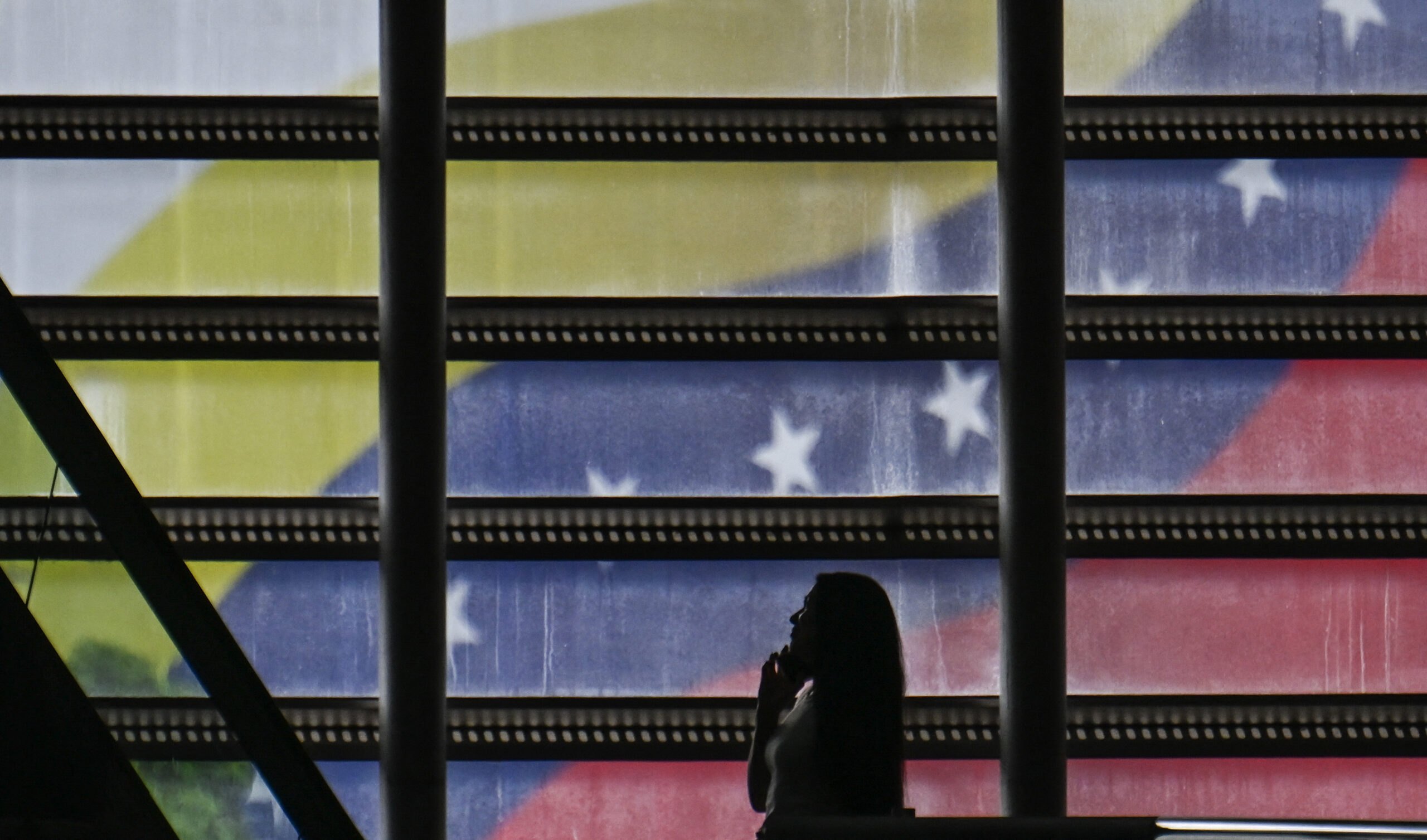Resource Guide: Crisis in Ecuador
Resource Guide: Crisis in Ecuador
Ecuador declared a state of emergency September 30 after police clashed with President Rafael Correa and his supporters, sparking a national crisis. Access an AS/COA resource guide to reactions and coverage.
Updated October 1, 2010 - Ecuador declared a state of emergency September 30 after a confrontation between President Rafael Correa and protesting police officers led to a tear gas attack that sent the president to a hospital and sparked widespread panic. Members of the police, angered by potential benefit cuts stemming from austerity measures, rioted in the capital Quito and in Guayaquil. The military backed the president and, after police took over a runway at the Quito airport, the air force seized and closed it. Correa, in the hospital, labeled the protest a coup attempt and threatened to dissolve parliament. After 12 hours, he was rescued by the military during a shootout and brought to the National Palace to address a crowd of supporters. During remarks he accused the opposition of infiltrating police forces, though opposition leaders rejected the claim.
The unrest coupled with coup rumors drew international support for Correa. The EU, OAS, UNASUR, and UN condemned the uprising and the OAS and UNASUR each held emergency sessions on Thursday.
Access a selection of resources and coverage about the crisis:
Official Sources from Ecuador:
- Ecuadoran government’s statement regarding the unrest.
- Ecuadoran Foreign Ministry statement.
- Statement from the Ecuadoran Permanent Mission to the OAS.
- Ecuadoran Government declares state of emergency, decree #488.
- Read a government summary of Correa's speech at the National Palace after being holed up in a hospital for 12 hours. Listen to the audio.
- Government profile of Correa.
International Response:
- OAS press release in support of President Correa.
- UNASUR declaration regarding the emergency (released after heads of state traveled to Buenos Aires to address the crisis).
- U.S. State Department comments from Secretary Hillary Clinton.
- U.S. Assistant Secretary of State for Western Hemisphere Affairs Arturo Valenzuela interviewed on CNN en español (video).
- Memo for U.S. citizens in Ecuador from the U.S. embassy in Quito.
- Venezuelan government response, alerting ALBA and UNASUR of the intentions to overthrow Correa.
- Colombian statement condemning the unrest and informing that President Juan Manuel Santos contacted Correa.
- Peru’s presidential office rejects threats to Ecuador’s presidency.
- Statement from the government of Chile; President Sebastián Piñera calls on UNASUR to support Ecuador’s democracy.
- Mercusor states "deep concern over the serious events that are occurring in Ecuador today."
- UN Secretary-General Ban Ki-moon expresses “strong support” for government of Ecuador.
- The European Union’s head of External Action Service, Catherine Ashton, voices concerns over events taking place in Ecuador.
News and Analysis:
- La Revolución Ciudadana, an Ecuadoran government website, covered events as they transpire with reports and twitter feeds.
- Compilation of images taken during the tear gas assault on President Correa.
- BBC offers a slideshow of the crisis.
- Telegraph.co.uk looks at prior coups or threats to Ecuadoran presidents, noting that the country has had eight presidents in 13 years.
- CaracolTV video of Correa speaking while he was trapped in the hospital in which he says: "If you want to kill the president, here I am. Kill me!"
- Former President Lucio Gutiérrez rejects Correa's claim that he played a role in the September 30 unrest.
- Reuters reports that Ecuador's police chief stepped down because of his failure to prevent the crisis.
- CNN en español, Teleamazonas, Telesur, and TVEcuador offered livestreaming of the events, including the rescue of Correa from the hospital.
Social Media:
- Follow Twitter coverage at #Ecuador, #correa, and #30S. Also follow the Government of Ecuador at: @Presidencia_Ec.
- Telesur: @teleSURtv.
- President Correa’s FaceBook page.
- Ongoing mobile phone updates, including on-the-ground videos and interviews.
- Mexico's EjeCentral explores the role of social media in the September 30 unrest and the resulting difference between this state of emergency and others in Latin America.








